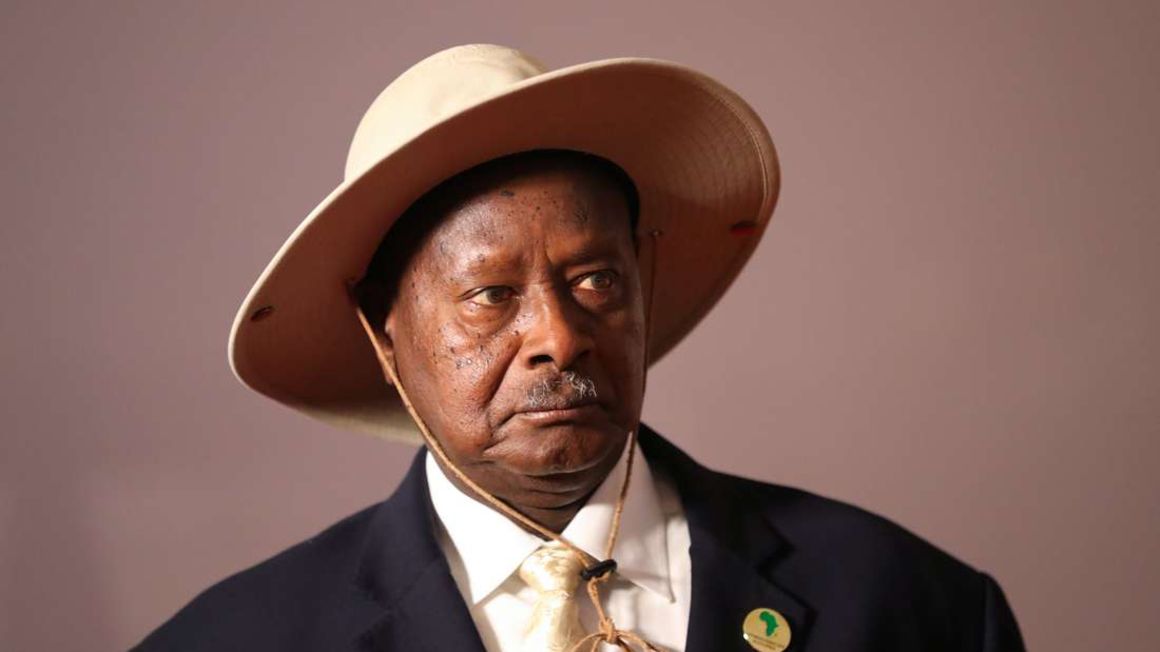

Uganda is catching up with Kenya on military spending after Nairobi cut the defense budget for two years in a row while Kampala crossed the billion-dollar mark last year.
Uganda’s military expenditure reached Sh123.1 billion ($1.066 billion) last year, an 8.3 percent increase from Sh113.7 billion ($984.7 million) in 2020, according to the Sweden-based Stockholm International Peace Research Institute (SIPRI) an independent global security think tank.
Meanwhile, Kenya's military expenditure reached Sh128.5 billion ($1.113 billion) last year, a 0.1 percent drop from Sh128.7 billion ($1.115 billion) in 2020.
Uganda has tripled military spending over the last five years to catch up with Kenya from the Sh40 billion ($346.7) in 2017 compared to Kenya’s Sh117.2 billion ($1.015) in the same year.
Widespread conflict and terrorism threat in East Africa has fueled an arms race in the region to combat the threat while launching interventionist wars across borders to insulate the stable countries.
“Over the decade 2012–21, Kenya and Uganda have both faced insurgencies that have influenced their military spending. Between 2012 and 2021, military expenditure rose by 203 percent in Uganda but remained relatively stable in Kenya,” SIPRI said in the trends in world military expenditure, 2021.
In 2021 Kenya, Uganda and Angola were, respectively, the third, fourth and fifth largest military spenders in sub-Saharan Africa.
Kenya, Uganda and Rwanda have employed aggressive foreign policy within the region through interventionist maneuvers in their backyards and multilateral backed peace missions while building their military capacity.
Kenya invaded Somalia a decade ago to fight the Al Shabab militia before joining the African Union (AU) mission in Somalia (AMISOM) backing the Mogadishu government against the insurgents.
Kenya is also involved in Democratic Republic of Congo through the United Nations Stabilisation Mission in the Democratic Republic of Congo (Monusco) fighting the Isis Central African Republic terror group in the eastern DRC. The operation also involves armies from Tanzania, South Africa and Nepal.
President Uhuru Kenyatta ordered the Kenya Defense Forces (KDF) to send its Quick Reaction Force (QRF) to DRC last year to help stabilise the region.
Uganda and the Democratic Republic of Congo are currently undertaking a joint military operation in eastern DR Congo against the Islamic States-affiliated group, Allied Democratic Forces (ADF).
Rwanda has also been an active player sending troops into Mozambique’s troubled Cabo Delgado Province at the end of July 2021, to combat an Al Shabaab offshoot the Islamic State-Mozambique.
They are fighting along the Southern African Development Community Mission in Mozambique (SAMIM) whose troops contributing countries include South Africa, Botswana, Tanzania, Angola, Lesotho, Namibia, Malawi, DR Congo and Zimbabwe.
Rwanda also operates in Central African Republic through a battalion, operating independently and as part of United Nations peacekeeping force, the Multidimensional Integrated Stabilisation Mission in the Central African Republic (Minusca) with 21 contributing countries.
Although Kenya leads in regional military spending at $1.1 billion, trailed by Uganda ($1.06 billion), Tanzania ($742 million), Rwanda $164 million and Burundi ($68 million) it has cut back over the last two years as the effects of a cash crunch took a toll on Kenya's defense bill.
President Uhuru Kenyatta's administration which recorded a yearly rise in spending on the military since he came to power in 2013 did not buy as much military equipment over the last two years while all other Eat African peers increased their budgets.
Ethiopia which also impacts the region is the only other country that cut its military spending to $487.8 million last year from $504.07 in 2020 despite waging a civil war against Tigray forces for two years.
|